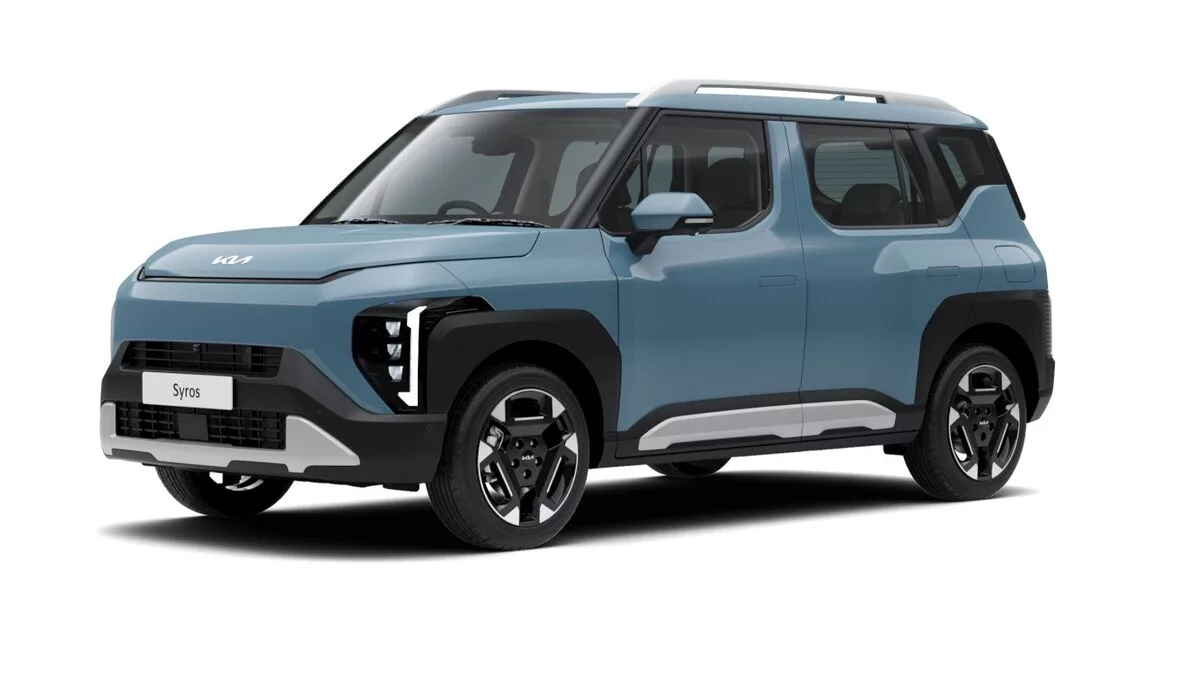As a responsible car owner, staying on top of regular maintenance tasks is important. While major components like the engine and battery often steal the spotlight, it’s easy to overlook smaller yet equally important parts like wiper blades. Wiper blades play a vital role in keeping your windshield clear of dust, rain, debris, and everything in between, to help you see what’s on the road. Thus, having properly functioning wiper blades is a critical safety measure. Fortunately, checking if your wiper blades are in good condition is not too difficult. With just a bit of time and proper steps, you can easily replace your old, worn-out wiper blades with new ones.
Components of Wiper Blades
Wiper blades are made up of several pieces working together. These components typically include:
1. Rubber Blade: This piece directly makes contact with the wind shield and is responsible for wiping away water, debris, and other bits.
2. Wiper Arm: The wiper arm is the metal or plastic structure that holds the rubber blade in place and applies pressure to it. This helps in maintaining a proper contact with the wind shield.
3. Spring Mechanism: Most wiper blades have a spring mechanism to maintain consistent pressure on the rubber blade against the wind shield. This also helps in a uniform and standard wiping action.
4. Connector: The connector attaches the wiper blade to the wiper arm, which allows easy installation and replacement. This is a key component to keep in mind while changing wiper blades.
When to Change Your Wipers: Recognizing the Signs
When it comes to your car’s wiper blades, spotting trouble early can save you from a lot of headaches down the road. Don’t wait until you’re struggling to see through streaks and smudges on your windshield to do something about it.
There are a few telltale signs to watch out for that indicate its time to change your wipers:
- Chattering Noises: First up, listen carefully to any chattering noises. Ideally, your wipers should glide smoothly across the glass. If they sound like they’re making more noise than usual, it’s a sign that they need replacing.
- Distorted Frame: Next, have a look at the wiper frames. If they’re looking distorted or out of shape, then it can mess with how effectively your wipers clean your windshield. Keep an eye out for any crookedness or cracks and swap them if needed.
- Water Streaks: If your wipers are leaving trails of water behind when they’re on, it means that the wipers aren’t properly working. It’s probably because they’ve been worn out, and need a replacement.
- Windshield Contact:. If you’re noticing spots on your windshield that the wipers just aren’t reaching, then it’s likely an indication that your wipers aren’t making full contact with the glass. Ultimately, they’re not going to clean the entire windshield properly, in which case it’s time to upgrade.
- Regular Maintenance: Lastly, don’t skip out on regular maintenance. Most good quality wipers have a lifespan of 12 months, so make it a habit to change them annually.
Finding the right set of wiper blades

Choosing the right wiper blades when replacing the older ones is a step that can’t be overlooked. Good quality wipers last longer, do a better job, and are reliable overall. So beyond simply considering the dimensions of the wiper blades, there are several other factors to keep in mind when selecting the ideal set for your car:
Design:
The design of the wiper blade significantly impacts its performance. Opting for wiper blades with an aerodynamic build can greatly reduce drag and have a smoother, more silent working. Moreover, choosing wiper blades with a curvature that perfectly fits your car is important. A proper fit ensures maximum contact between the windshield and the wiper, which ultimately leads to a spotless windshield with each swipe. Ill-fitted wipers may leave behind streaks or missed spots.
Features
Given that wiper blades are exposed to extreme heat and cold conditions, it’s wise to opt for blades that have heat-resistant and UV-resistant features in them. These features help protect the wiper blades from deterioration caused by exposure to harsh conditions, which can help increase their durability and longevity.
Compatibility
Make sure that the wiper blades you choose are compatible with the type of wiper arm your vehicle has. Apart from considering the size, check which type of wipers you want to buy. Some cars have a traditional, hook-style wiper arms, while others may have different attachment mechanisms such as pin, bayonet, or side lock. Checking compatibility will securely attach the blades to your vehicle’s wiper arms and function properly.
Steps on how to change wiper blades
Before you begin the wiper blade replacement process, ensure you have all the necessary tools and materials on hand:
– New wiper blades compatible with your vehicle
– Measuring tape to note down the dimensions of your existing blades
– Basic toolkit including screwdrivers
– Cleaning solution and cloth for windshield preparation
Step 1. Removing the Old Wiper Blades:
- Start by lifting the metal arm of the wiper attached to the car cowl. The car cowl is a fixed panel between the windshield and the hood and helps to divert water and debris away from the windshield and into the engine compartment.
- Failure to lift and hold the metal arm firmly may result in it springing back, creating cracks across your windshield.
- Consider placing a thick cloth over the windshield to protect it. With the metal arm pulled away, turn the wiper so its bottom faces upwards.
- Look for the retaining clips near the end of the rubber refills. Slide out the old refills by pinching the clips together with needle-nose pliers.
Step 2. Installing the New Wiper Blades:
- Once the old blades are out, simply secure the new ones by slipping them in place. Make sure that they’re aligned with the wiper arm correctly.
- Listen for the retaining clip to click. When you hear the click sound, it means that the wiper is properly installed.
- Pivot the arm to turn the bottom side downwards.
Step 3. Proper Alignment and Testing:
- Carefully bring the metal arm back down onto the windshield. Repeat the process for the blades on the other side.
- Turn on the wipers and test their operation to ensure smooth and even movement across the windshield.
Cautionary Tips:
Here are some tips to ensure a successful DIY wiper blade replacement:
– Use caution when handling sharp edges or spring-loaded components.
– Be mindful of the windshield to prevent scratches or damage during the process.
– Don’t install the wrong size or type of wiper blades.
– Properly align the wiper blades.
– Clean the windshield before installing new blades
Maintaining Your Wipers
1. Clean Your Windshield Often
Regular cleaning of your windshield is important in order to preserve both the windshield and the wiper blades. Dust accumulation on the windshield can solidify over time and can cause damage when wipers are used. If you notice your wipers making screeching noises, then your windshield needs cleaning. Therefore, use a soft cloth and water to clean the windshield often.
2. Never Run Your Wiper on a Dry Windshield
Running wipers on a dry windshield can lead to permanent damage to both the blades and the windshield itself. To prevent this, make sure that your windshield is wet and properly sprayed before actually running the wipers. Press the washer button behind the steering-wheel to spray water onto the windshield before using the wipers. Also, ensure your washer fluid is always topped up to have enough water when needed.
3. Clean Your Wiper Blades Often
Just like the windshield, wiper blades also accumulate dust and debris over time. Regular cleaning of wiper blades is essential to maintain their performance and prevent damage to the windshield. Use a soft microfiber cloth and water to clean the wiper blades regularly. You can also use a mild dishwashing detergent to remove stubborn dirt and grime, but avoid strong cleaning agents that may damage the rubber on the blades.
4. Tighten the Wiper Arms
Regular maintenance of wiper arms is necessary to ensure smooth wiper operation. Loose wiper arms can lead to poor wiper performance and potential damage to the windshield. Use a screwdriver to tighten the wiper arms by adjusting the corresponding screws. Be careful not to over-tighten, as this can cause excessive friction and damage.
5. Pro Tip
Applying petroleum jelly along the blades’ length during hot summer months can keep them soft and flexible until needed for the rainy season.
Conclusion
In a nutshell, taking care of your wiper blades is key to keeping your windshield clear and your drives safe. By taking care of them, changing them when needed, and having a proper knowledge of when they need to be replaced you’ll enjoy smoother journeys and avoid visibility issues. So, don’t forget to show your wipers some love – it’s the small things that make a big difference on the road!




